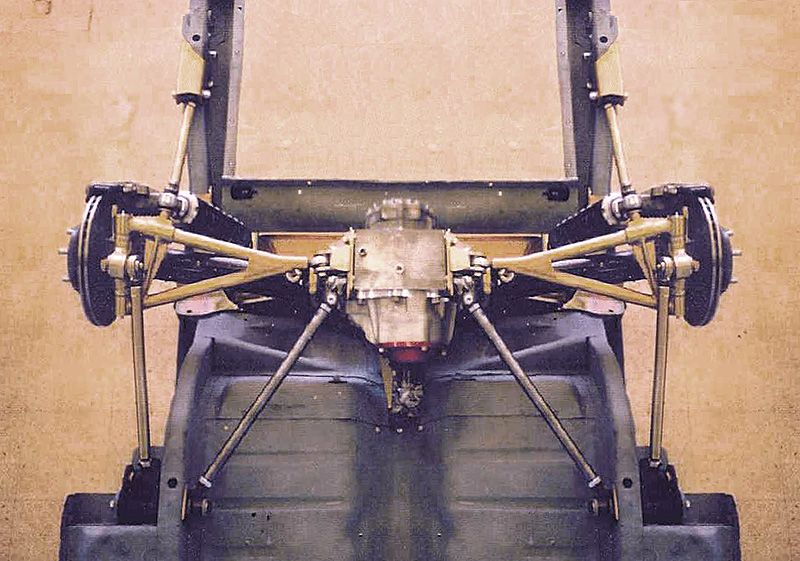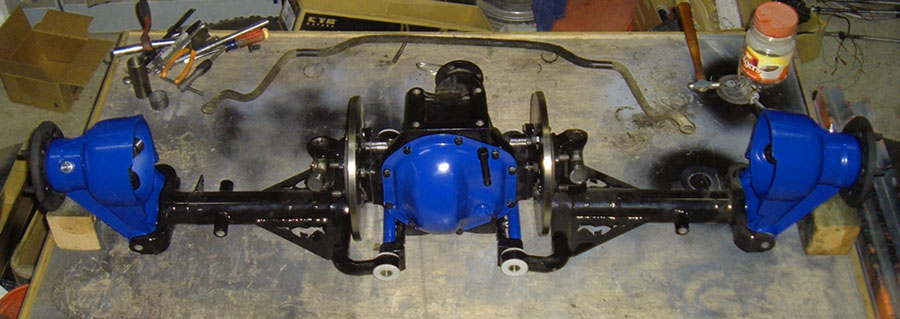

 |
 |
 |
 |
 |
You are not logged in. Would you like to login?

![]() Offline
Offline
Hi
I am using 1995 Thunderbird rear uprights on my IRS.
I had new bearings installed and the new bearings were unbelievably sloppy. I never even put them on the car....I brought the uprights to another mechanic who said the Chinese bearings I had installed were junk and I needed to get some "quality" bearings.
I didn't think he was right but I bought some Timken bearings and brought the whole works back to him.
He installed the new bearings, said everything was tight and I was good to go. The hubs weren't sloppy at all and he said that everything was a really good press fit - he said there's nothing at all wrong with the uprights or hubs.
I installed the uprights to my bare frame (no engine or trans), put the wheels and rotors on and I could immediately detect slop at the bearings. It wasn't REALLY bad but there was more there than there should have been.
I put the frame on the ground and moved it about 30 feet. Now the bearings are unbelievably sloppy again.
I brought the uprights back to the mechanic and he said that maybe installing the splined axle with the high-torque retaining nut might snug everything back up.
Is that the way it's supposed to work? The axle shaft and retaining nut are supposed to play an integral part of eliminating bearing slop?
Does anyone know the correct torque for that big retaining nut?
Thanks in advance for any help here!
![]() Offline
Offline
Get out your big wrench, ChopChop. The nut has to be torqued to 250 ft/lb
You can "borrow" the correct size socket from most autoparts stores as part of their tool loaner program
Paul
![]() Offline
Offline
I had to look up the pic of an assembly. I think I would double check the O.D. of the hub/axle flange against the I.D. of the bearing. Looks to be a sealed type bearing and not designed to take on any load from tightening the axle assembly. What I usually see for shaft to bearing clearance for slip fits is.003" on a lot of things. I'm no ace on this IRS stuff so this is just food for thought.
![]() Offline
Offline
The bearing has opposed races inside it and as Paul said big torque is required.
My old VW's with the same design bearing took about 150 lbs torque.
![]() Offline
Offline
I was using this photo as a reference.
Big torque on the axle for sure. Just curious myself as to what maintains the bearing float. Preset within the bearing?